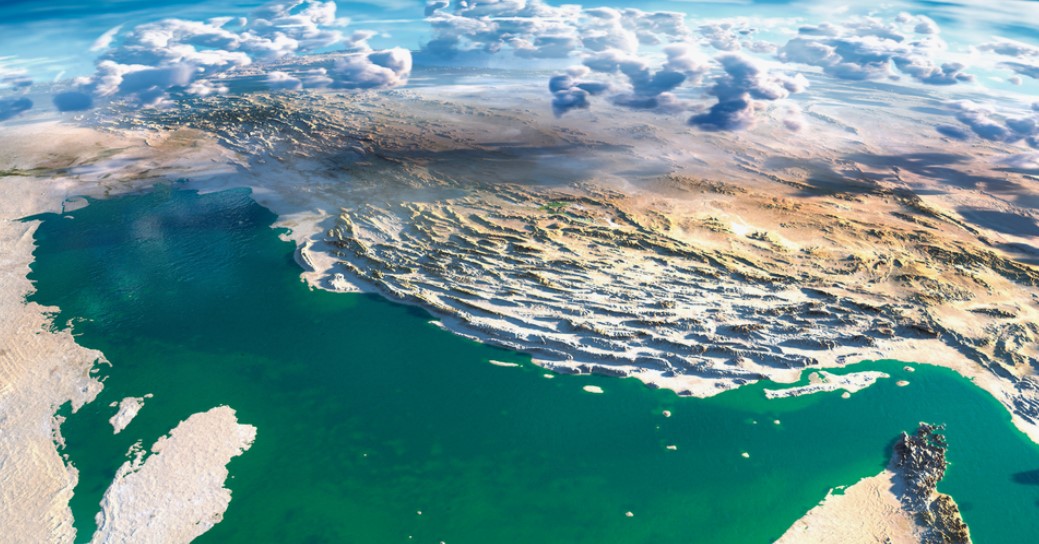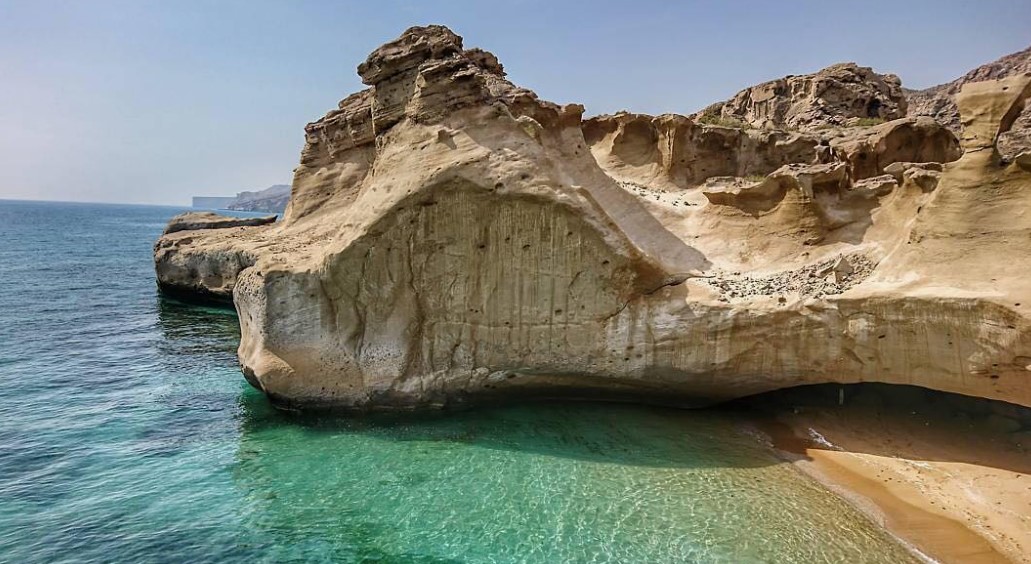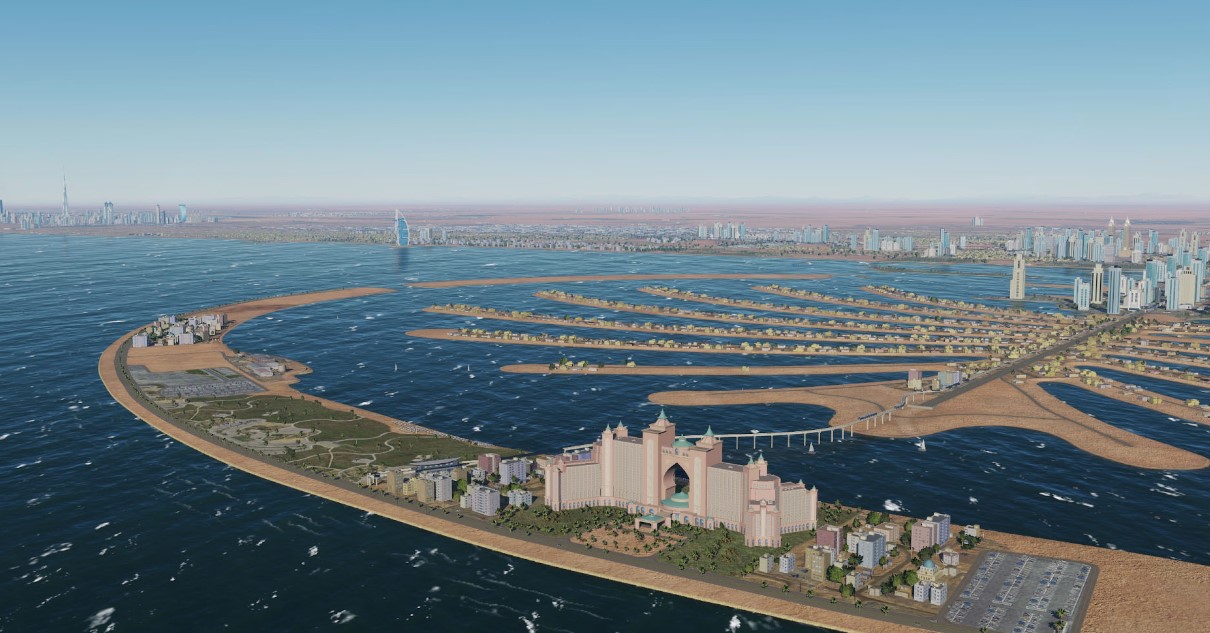Table of Contents
Introduction
The Persian Gulf, known as the Arabian Gulf in Arab countries, is a vital and strategically significant body of water situated between Iran and the Arabian Peninsula. This gulf serves as a crucial connector to the Gulf of Oman, the Arabian Sea, and ultimately the Indian Ocean through the Strait of Hormuz, a narrow but vital passageway. Hydrologically, the Persian Gulf is classified as a Mediterranean sea due to its unique characteristics. The name of this region has been a subject of contention, with Arab countries advocating for the term “Arabian Gulf,” reflecting regional and political sensitivities. Covering an area of 239,000 square kilometers, the Persian Gulf stretches 926 kilometers in length, with its width varying from 180 to 320 kilometers. Its average depth is relatively shallow, at less than 50 meters, with the deepest point reaching 102 meters. Significant islands within the gulf include Qeshm, Bubiyan, and Bahrain, each playing an essential role in the region’s history and economy. The coastal countries bordering the Persian Gulf are Oman, the United Arab Emirates, Saudi Arabia, Qatar, Bahrain, Kuwait, Iraq, and Iran, each contributing to the region’s diverse cultural and geopolitical landscape. For those exploring the Gulf, Seven Yachts offers luxurious experiences to witness its beauty.
Early History
The earliest evidence of human habitation in the Persian Gulf region has been discovered on its islands, indicating the region’s long-standing significance as a human settlement area. Excavations in Bahrain have uncovered the remains of prehistoric settlements, providing insights into the lives of ancient hunters and fishermen. Among the artifacts found are flint harpoons and arrowheads, some of which date back nearly 100,000 years, highlighting the area’s historical richness. In 2011, archaeologists on the Iranian island of Qeshm made a significant discovery of stone tools. These man-made artifacts, created around 40,000 years ago, further underscore the Persian Gulf’s role as a cradle of early human civilization and technological innovation.
Ancient Civilizations
One of the world’s oldest and most influential civilizations, Mesopotamia, developed in the far northwest of the Persian Gulf. This area was part of the Fertile Crescent, a crescent-shaped region known for its fertile soil and conducive environment for early agricultural development. By the end of the 4th millennium BC, the southern part of the gulf was dominated by the legendary state of Dilmun. Mentioned in Sumerian mythology and the Akkadian epic of Gilgamesh, Dilmun was a major trading and cultural hub. Its center was the island of Bahrain, which played a crucial role in the trade networks of the ancient world, connecting Mesopotamia with other civilizations across the region.

Historical Dominance
From the 7th century BC to the 3rd century AD, the northern coast of the Persian Gulf was a hotbed of political and military activity, coming under the control of various powerful empires. These included the Midian Kingdom, the Achaemenid Empire, the Hellenistic Seleucid Empire, and Parthia, each contributing to the region’s complex history. In the 6th century BC, Darius the Great, a prominent ruler of the Achaemenid dynasty, sent his fleet into the Persian Gulf, marking the beginning of Persian naval dominance that would last for centuries. It wasn’t until the 16th century that the Portuguese, with their advanced maritime technology and strategic ambitions, managed to challenge and eventually oust the Persians, altering the balance of power in the region.
Spread of Islam
The spread of Islam in the Persian Gulf region began in earnest in the 7th century, significantly transforming the cultural and religious landscape. The New Persian Kingdom, which had established control over the entire gulf, played a pivotal role in this process. Bahrain was among the first regions to embrace Islam, doing so during the life of the Prophet Muhammad. After his death in 632, the Righteous Caliphate emerged, laying the foundation for the expansive Arabian Caliphate. This theocratic state incorporated the Arabian Peninsula, fostering the development of relatively large cities along the gulf coast. These urban centers gravitated towards independence, leading to the formation of distinct principalities and the rise of the powerful Imamate of Oman, which extended its influence over neighboring territories.
European Influence
European interest in the Persian Gulf surged at the end of the 15th century, spurred by the establishment of a sea route from Europe to India. This new route attracted European powers eager to tap into the lucrative trade networks of the East. However, Arab coastal tribes engaged in maritime piracy posed a significant threat to these endeavors. To secure their interests, the Portuguese decided to take control of the “pirate coast” and began patrolling the entrance to the Persian Gulf. In 1507, they landed on the coast of Oman, capturing Muscat, and in 1521, they seized Bahrain, renowned for its pearling industry. Nevertheless, in 1602, the Persian Shah Abbas expelled the Portuguese from Bahrain, an event celebrated in Iran as Gulf National Day on April 30, marking a pivotal moment in the region’s history.

British Involvement
The rivalry between the Portuguese and Persians was further complicated by the geopolitical ambitions of the Ottoman Empire. The Turks, seeking to expand their influence, incited Arab tribes to revolt against the European powers. Observing these developments, England established the East India Company in 1600, which later became a dominant force in the region. By allying with the Persians against the Portuguese, the British effectively drove them out and began to shape the balance of power in the strife-torn region. In 1835, Great Britain initiated the signing of the First Naval Truce with the southern gulf sheikhs, leading to the creation of the “Coast of Truce.” This agreement laid the groundwork for the establishment of a British protectorate over the united principalities, which would later form the United Arab Emirates in 1971.
Modern Era
The 1950s and 1960s marked a transformative period for the Persian Gulf, driven by the discovery and extensive extraction of oil. This “black gold” revolutionized the economies of the gulf states, ushering in an era of unprecedented wealth and development. Cities like Dubai emerged as global centers of commerce, tourism, and luxury, attracting investment and attention from around the world. The newfound prosperity also brought about significant social and cultural changes, as well as increased geopolitical importance for the region, making the Persian Gulf a focal point of international relations and energy politics.
Conclusion
The Persian Gulf, with its rich tapestry of history and strategic significance, continues to be a region of immense importance. Its history, marked by ancient civilizations, powerful empires, the spread of Islam, and European colonization, has shaped its unique cultural and political landscape. Today, the Persian Gulf remains a vital area for global trade, energy resources, and geopolitical dynamics, influencing international affairs and regional stability.
For those visiting the region, cities like Dubai offer stunning vistas and luxurious experiences. Seven Yachts in Dubai provides an opportunity to explore the gulf’s beauty aboard a luxury yacht. One of their premium offerings is a 164-foot Benetti yacht, built in 1998 and renovated in 2021, featuring master, VIP, and double cabins. This exquisite yacht, available for 46,800,000 dirhams plus VAT, offers a modern maritime experience that reflects the ongoing allure and significance of the Persian Gulf.



